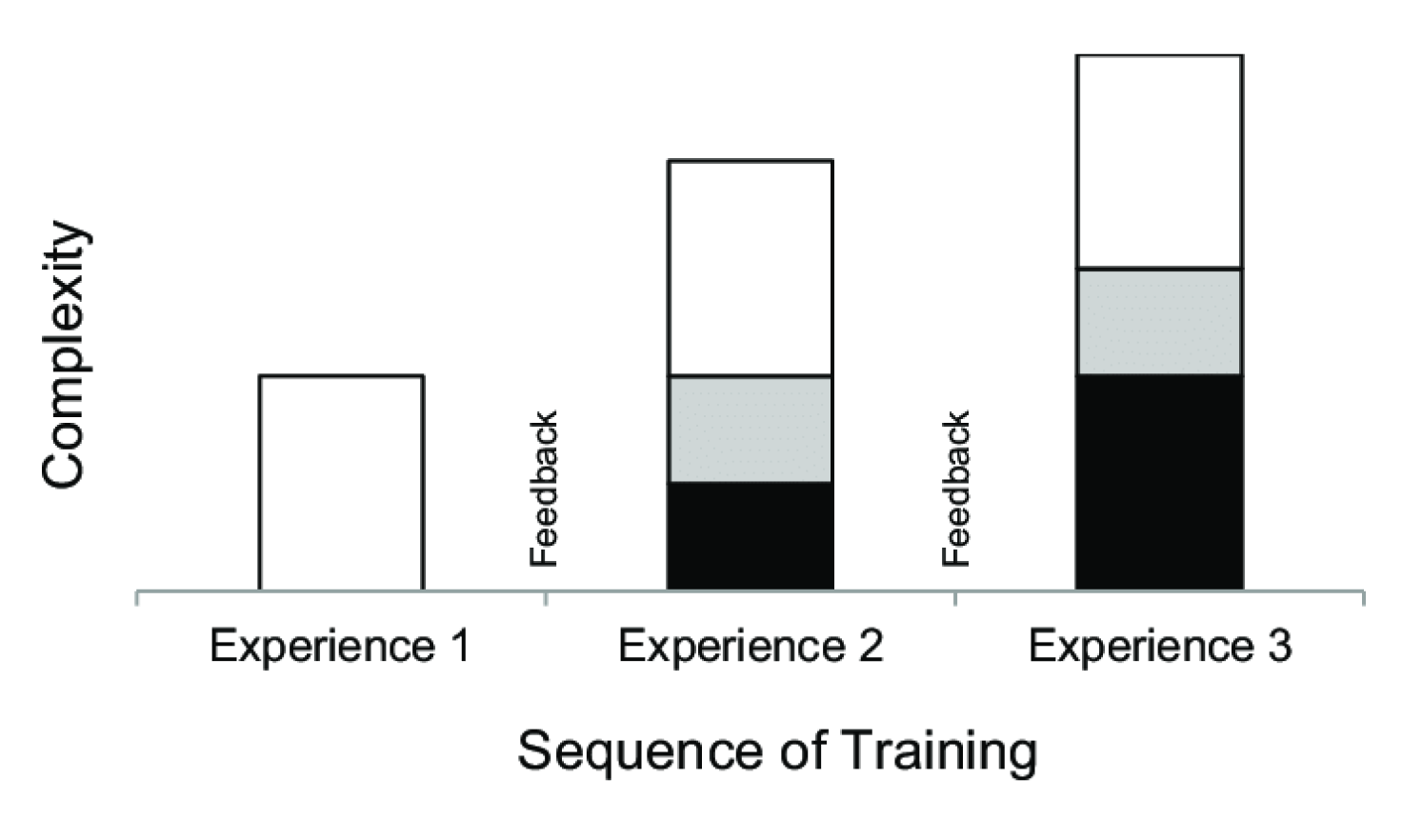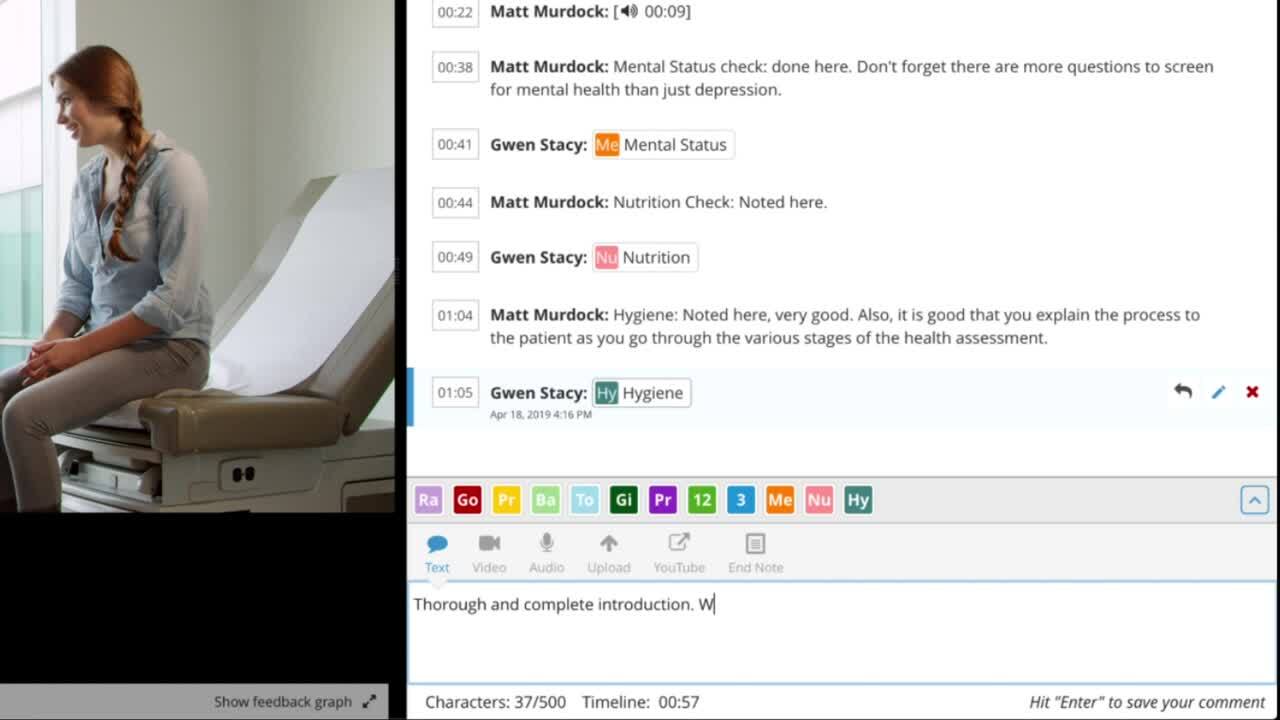On average, school psychologists dedicate 47% of their time administering special education evaluations and reevaluations. So if a graduate student wants to become a successful school psychologist, they’ll need to master the administration of a psychoeducational assessment. But mastery is difficult.
Reports show that interns are not as prepared as they should be in performing a psychoeducational assessment. And there’s an alarming 2019 study which shows that errors are the norm among graduate students administering the Wechsler Intelligence Scale.
In order to help students develop test evaluation skills and reduce errors, here are three pre-practicum resources for professors to use when training graduate students.
1. An Effective Training Model
First, use a training model that helps graduate students build skills and reduce errors. This may sound like common sense, but it’s worth highlighting because the popular training model—to “practice” over and over again—may be flawed.
Dr. Callahan surmises from previous studies that “repetitious practice does not reduce errors” in psychological assessments. Instead of repetitious practice, Dr. Callahn presents a training model that pairs consistent feedback with a sequence to increase difficulty (shown below).
Using this model, Dr. Callahan found a significant reduction in error rates of graduate students administering the Wechsler Intelligence Scale (WAIS and WISC) and the Rorschach Compressive System (CS).
Along with helping your graduate students reduce their errors, this resource can save you and your students time. Whereas previous studies required anywhere from 5 to 15 administrations, this model found “significant effects . . . within three training experiences involving only two administrations per test.”
With such promising results, consider this training model to maximize your time and minimize your graduate students’ errors in administering a psychoeducational assessment.
2. Syncing Feedback with Video
Dr. Callahan’s model also incorporates feedback, and how you give that feedback is crucial.
Today it’s a common requirement for students to record their administrations. Professors then watch the administrations and give feedback to students, often on an accompanying piece of paper, excel sheet, etc.
But instead of giving student feedback with an accompanying piece of paper or an excel sheet, the most effective way to give feedback is to sync it within the video.
Dr. Sarah Mire at the University of Houston used to give video feedback to students administering IQ tests on an excel sheet, but she now sees in retrospect why that doesn’t work.
“My guess is that zero percent of my students actually got on their video and my Excel spreadsheet and looked at those two things side by side, and said ‘What am I doing well? What do I need to work on for next time?’ The process was very clunky and cumbersome.
And it’s not just our center doing this type of training. I know that trainers teaching the same type of class all over the country do the same things. It’s a very standard procedure, but it’s fraught with an enormous amount of difficulty.”
What made a difference for her students was using a video-based assessment software—GoReact—that incorporated her feedback into the student videos.
By incorporating her feedback into the videos, it was easy enough for students to watch their videos and absorb feedback. And once students watched themselves and read her accompanying feedback, testing errors decreased faster than ever before.
What I’ve seen this year is a steeper downward slope of errors in a much faster time, and I attribute that to GoReact. That’s because of the fact that they can watch their own video with my feedback.
So if you’re one of the many instructors using video to train students to administer a psychological or psychoeducational assessment, consider a software that syncs your feedback with video. It may just be the tipping point for lowering your students’ testing errors.
3. A Psychoeducational Assessment Rubric
Finally, a consistent and thorough rubric is a great resource to effectively teach students basic testing skills. Dr. Sandra Gagnon uses this strategy to teach her graduate students at Appalachian State University.
Dr. Gagnon created a psychoeducational assessment training rubric that she adapted from Sattler’s book, Assessment of Children. The rubric is flexible and specific enough that she uses it to evaluate her graduate students’ administrations of WJ-IV, KTEA-3, WISC-V, and KABC-II NU.
You can access Dr. Gagnon’s psychoeducational assessment training rubric for free. (The rubric is also available in GoReact—after all, that’s how Dr. Gagnon uses it). Try this resource to better prepare your students to learn the assessments they’ll encounter in internships and practicums.
Preparing Future School Psychologists
Changing your training model, adopting a new piece of technology, or using a consistent rubric require varying degrees of effort for an instructor. But that effort is worth it when you consider that school psychologists spend almost half of their work performing psychoeducational assessments.
If you want to better prepare your graduate students to administer psychoeducational assessments and lower error rates, consider implementing one, two, or all three of these excellent resources.






